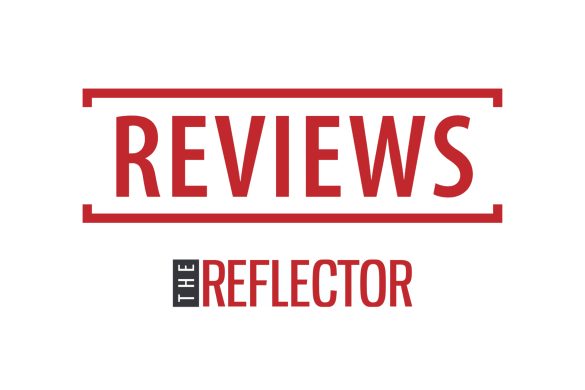“Civil War” is a film that will enter the canon of the greatest movies of this decade. The film, written and directed by Alex Garland, was released today (April 12, 2024). I feel privileged to have experienced an early-access screening last night because it allowed me to get a head start on both processing and praising it. Even though the first thing I said when the credits rolled was, “That was literally traumatizing,” I loved “Civil War.”
Garland tells the story of journalists navigating a dystopian America, where a civil war between the U.S. government and rebel forces is reaching its peak. Kirsten Dunst and Cailee Spaeny deliver the standout performances, with Dunst playing Lee, a seasoned war photo journalist, and Spaeny as Jessie, the young novice who tags along on a journey to Washington, D.C., where they hope to interview and photograph the president before he is killed by the rebels. Alongside fellow journalists Joel (played by Wagner Moura) and Sammy (played by Stephen McKinley Henderson), they document the horrors occurring throughout the country.
At the end of the hour and 49 minute run time, I felt like the wind had been knocked out of me. Most of the scenes in the film are tense and disconcerting. However, “Civil War” is ultimately worth the discomfort.
“Civil War” is more than a thrilling war movie or a provocative journalism movie. It’s a film that feels both timely and prescient in many ways. It is not uncommon to hear Americans comment on how divided the country seems to be the past few years. Whether the U.S. is more divided now than it has ever been is besides the point—a general “us” versus “them” attitude is present socially, politically, etc. “Civil War” reflects the possible reality of these divisions escalating into violence.
The film’s depiction of journalists on the front lines of violence is another aspect that brought current events to mind. I couldn’t help but think of the journalists lost in the ongoing Israel-Hamas war; 95 journalists and media workers have been confirmed dead, according to Comittee to Protect Journalists. Garland does a beautiful job showing the sacrifices war journalists make to document important events, striking a balance between displaying bravery and terror. The effectiveness of these scenes can be attributed to the immense talents of the leading cast (Dunst, Spaeny, Moura, and Henderson).
The technical details were impressive as well. The excellent cinematography, sound editing and production design were all essential to the final product. A movie about war is going to be loud. While I am not someone who necessarily enjoys shooting sounds in movies, I found myself appreciating how the film handles its loudness. In regards to visuals, there were scenes where the photos taken by the characters would appear on screen, allowing the audience to see the image that would hypothetically be shown in publications. I thought this was a great touch, as it satisfied my curiosity as to the result of the photographers’ efforts and let me consider what effect the image would have within the movie’s universe.
Additionally, I found myself reflecting on the ethics of photojournalism. “Civil War” seems to ask the audience unanswerable questions: What images need to be captured? Are all of the photographs journalistic? When is it okay to capture someone else’s pain?
I highly encourage anyone reading this to go and see “Civil War” if at all possible. While it is an anxiety inducing experience, it is also moving and thought provoking. I truly believe that one day you will be able to brag to future generations of moviegoers about seeing this movie in the theater when it came out.

